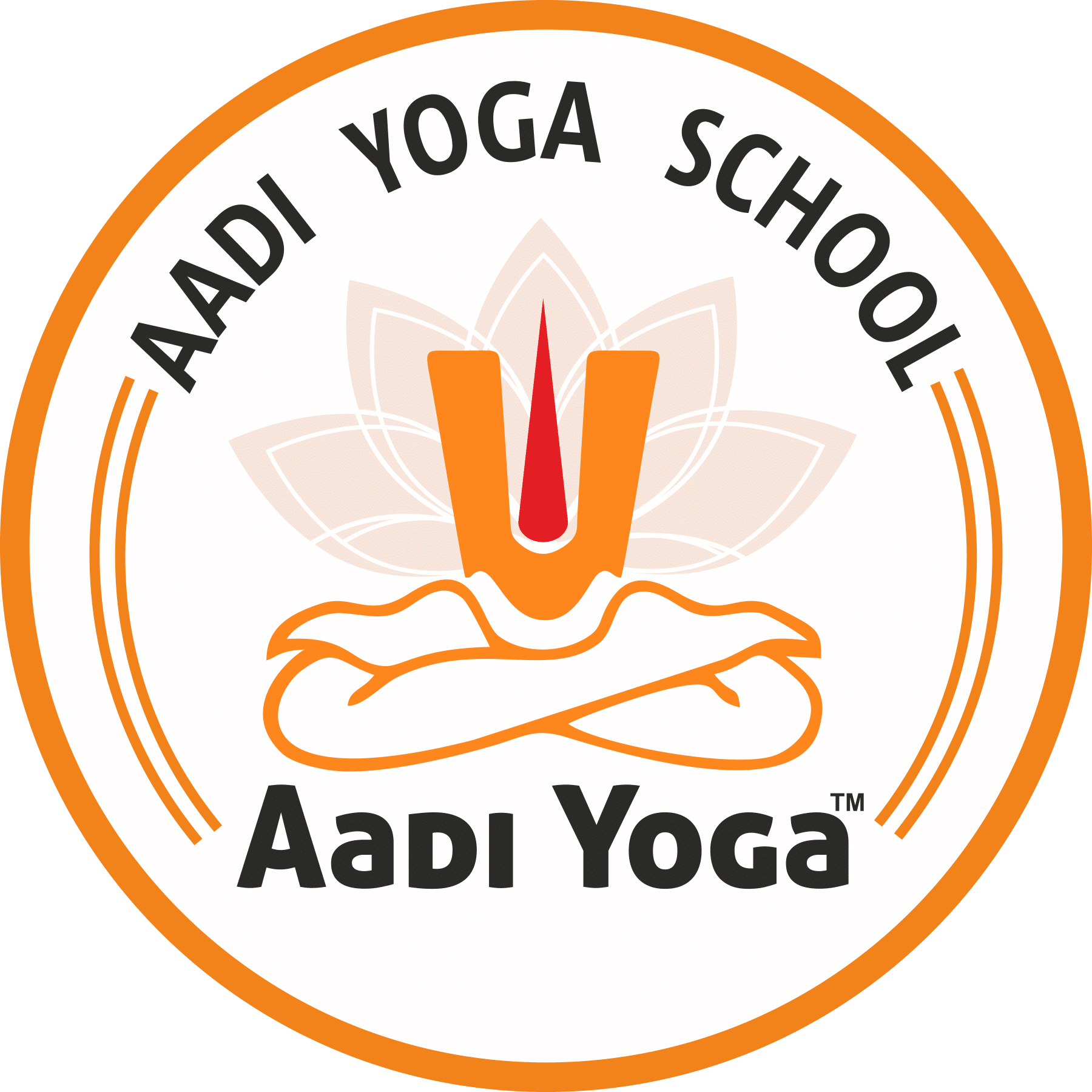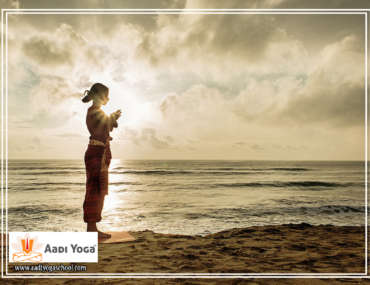What are some of the yoga Asanas to practice as a beginner?
When you are new in practising yoga, it can make you feel scary and be hard to know precisely where and how to begin. Whatever your age or wellness level, yoga is probably the ideal approaches to look good, stay healthy, and feel extraordinary. Try not to give yourself a chance to feel threatened; recall a couple of basic insights, and you’ll be well on your approach to rehearsing a fun and compensating yoga for beginners exercise. The individual yoga postures, just as the specific arrangement of yoga works out, are superbly intended to calm nervousness in the body.
Some will reveal to you that yoga exercise is excessively boring and slow; rather it is a holistic and intense activity. This old type of wellness with roots in India centres on creating parity, quality, and adaptability. Try not to give anybody a chance to misinform you as these are altogether outcomes of rehearsing yoga and not requirements. Nobody anticipates that you should ace the asanas on the entire first day. Yoga is tied in with pushing past your body’s breaking points after some time.
Following are a few types of yoga asanas you can practice as a beginner:
Mountain Pose (Tadasana)
Because these postures are basic doesn’t imply that they will be simple. Carrying new attention to a position you think you know can be extremely testing. Take mountain posture, which may look like simply remaining around. In a yoga setting, be that as it may, there is a ton going on in this position. The heels root down, the muscles of the legs are locked in, the bones are stacked with the shoulders legitimately over the hips, the shoulder bones slide down the back, and the crown of the head rises. Remember to relax.
Raised Arms Pose (Urdhva Hastansana)
Breathe in and bring your arms up and over your head. This is your essential morning stretch, yet you are concentrating on keeping the great alignment you set up in mountain present. Stay grounded in the heels and keeps your shoulders moving ceaselessly from your ears while you reach up through your fingertips. Your look can come up to the hands, which can be shoulder’s width separated or palms contacting.
Standing Forward Bend (Uttanasana)
Breathe out and crease over your legs into a forward twist. If the hamstrings feel somewhat tight from the outset, twist the knees with the goal that you can discharge your spine. Give the head a chance to hang overwhelming. Gradually fix the legs if you like, however, keep the head hanging. The feet can be contacting or hip’s separation apart, whichever feels much improved.
Garland Pose (Malasana)
Move your feet out to the edges of your mat and twist your knees, coming into a squat. The toes may turn out if important. If your heels don’t arrive at the floor, take a moved up cover under them. This is a place that is very normal for kids, yet we lose the talent for it as grown-ups. It’s extraordinary for the hips and to balance the impacts of a lot of sitting in seats and riding in autos. It’s additionally a helpful posture on the off chance that you like to cultivate.
Lunge Pose
Rectify your legs and move your feet back under your hip before stepping your left leg to the back of your mat and twisting your right-sided knee for a profound jump. Attempt to bring your bowed knee legitimately over your lower leg, so your correct thigh is parallel to the floor. Keep the left leg straight and solid with your heel coming to back. If this is excessively extraordinary, you can drop your left knee to the tangle. Remain five breaths before restoring the left foot to the front of your mat beside the correct one. At that point repeat the jump with the left foot forward, and the right-sided leg back.
Plank Pose
After your subsequent lunge, step the left foot back with the goal that it is by the correct foot at the back of your mat. This is the exemplary readiness for a pushup. Remain here for five breaths while ensuring that your hips don’t drop excessively low or ascend excessively high. On the off chance that your elbows will in general hyperextend, miniaturized scale twists them. Cut your knees down if important. After five breaths, free your knees to the mat and return to sit on your heels, resting for a minute.
Staff Pose
After resting, swing your legs around, so they are outstretched before you. This is what could be compared to mountain pose, in that it appears to be extremely straightforward yet has a great deal going on. The legs remain solid with the feet flexed. The shoulders stack over the hips with the goal that the spine is long and straight. The arms might be straight or marginally bowed.
Seated Forward Bend (Paschimottanasana)
On breathing out, acquire your torso over your legs a forward twist. Your hamstrings ought to be hotter now than when you did your remaining forward curve prior. Work with your breath, extending the spine on each breathes in and developing your forward crease on each breathes out. Remain for five breaths, keeping the feet flexed.
Head to Knee Pose (Janu Sirsasana)
Return up to sit and twist your left leg, bringing the underside of the left foot inside your correct thigh. Utilize a similar procedure portrayed above to extend the posture utilizing your breath. After five breaths, sit up and switch legs.
Happy Baby Pose (Ananda Balasana)
Rests on your back and embrace your knees into your chest. Then separate your knees and bring every lower leg straightforwardly over its knee with the goal that the shins are opposite to the floor. Flex your feet and clutch them from the outside as you draw your knees descending toward your armpits. Move side to side a bit on your sacrum if it feels better. This is a place that is comfortable for anybody with youngsters. Fight the temptation to put your toes in your mouth. After five breaths, extend your legs on the floor and rest.
Hope these poses will help you to start your practice as a beginner. Follow these poses and begin your practice today!




